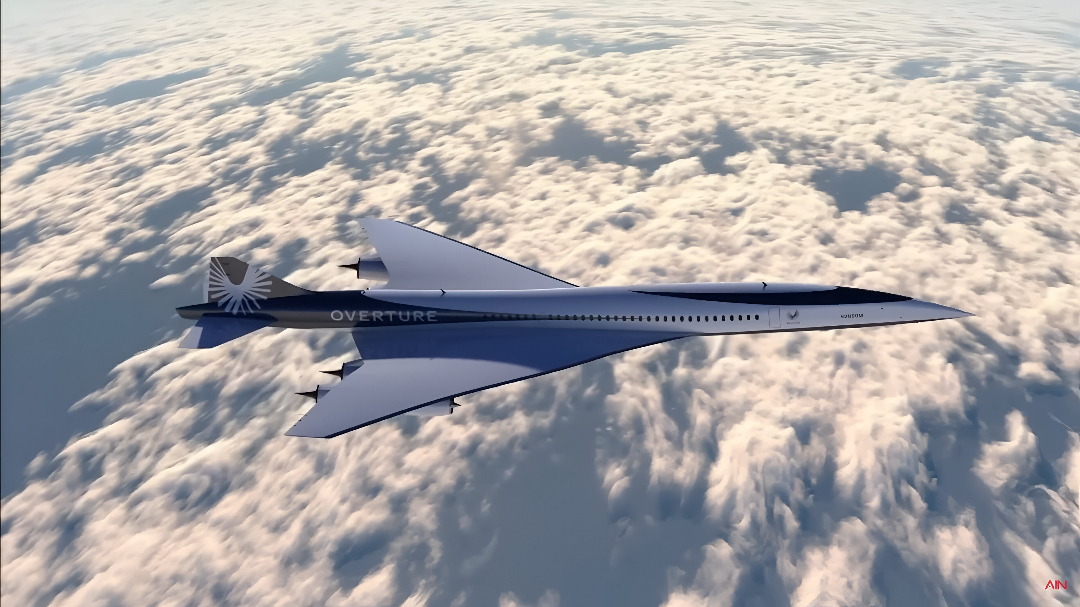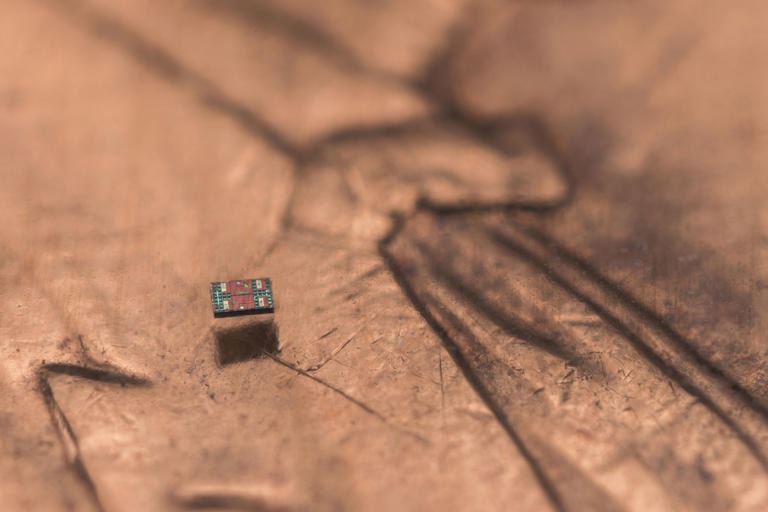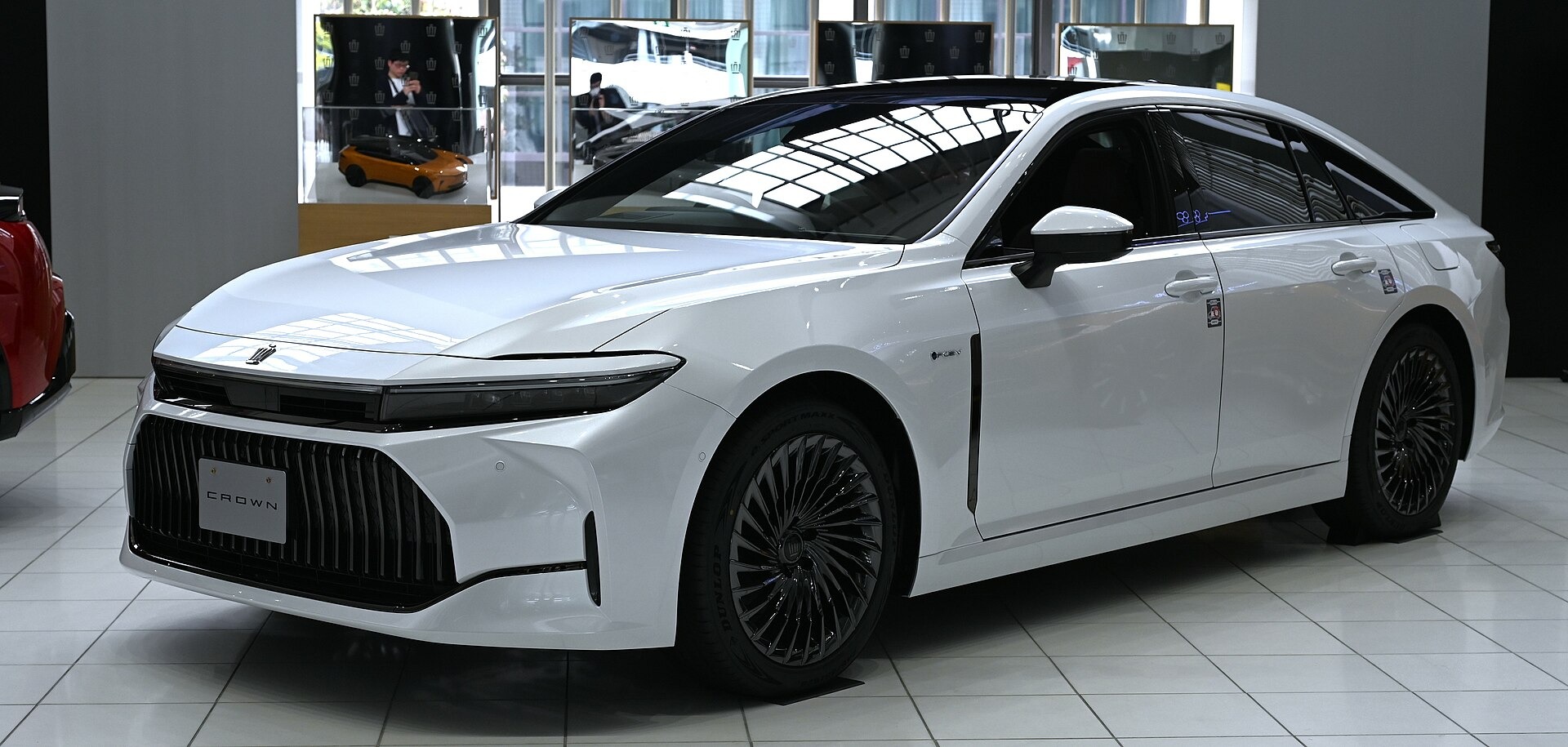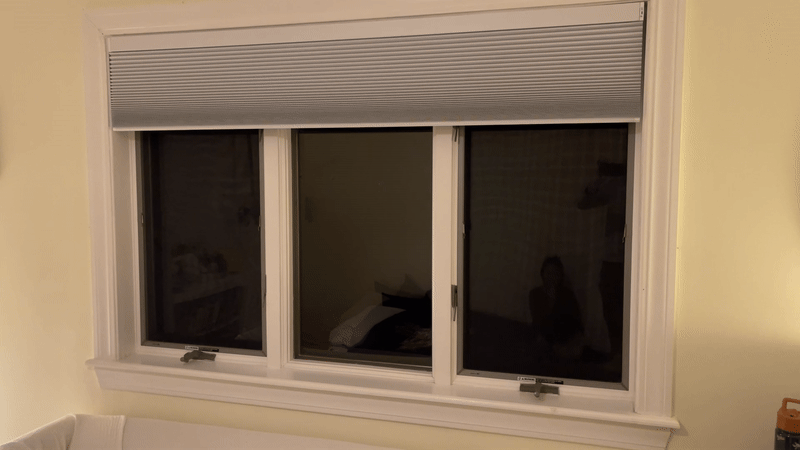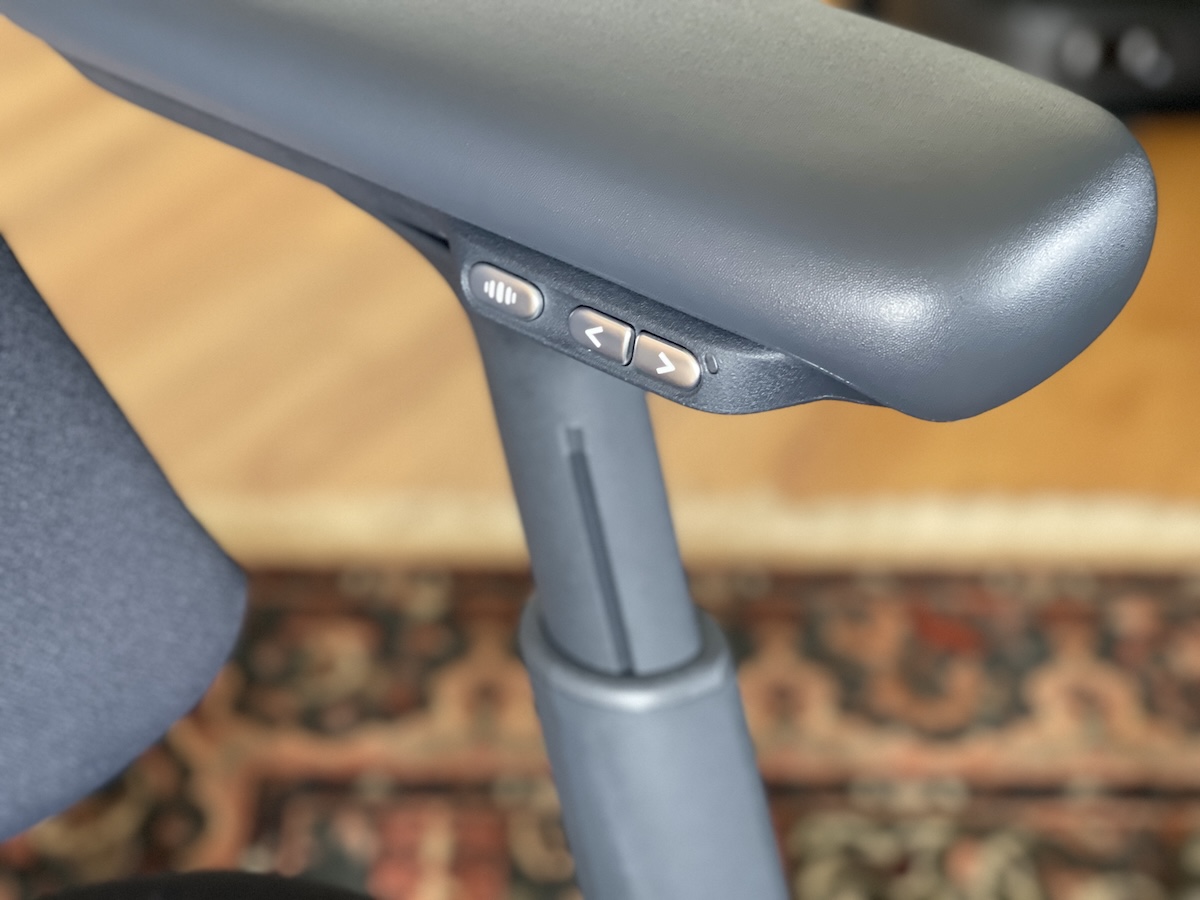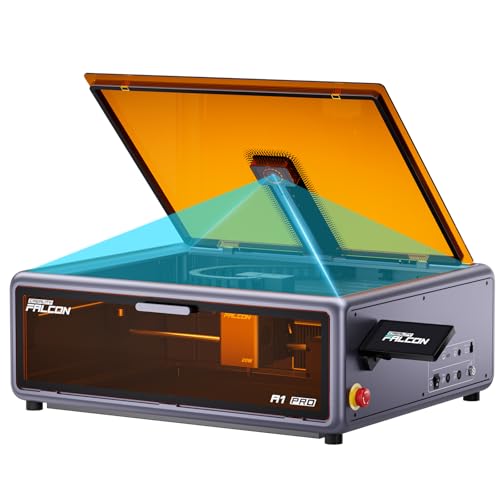Supersonic commercial flight has tantalized travelers for decades with its promise of dramatically reduced travel times between continents. However, this dream has been hampered by significant challenges in fuel efficiency, high operating costs, and environmental concerns. Today, companies like Boom Supersonic are pioneering a revival of supersonic travel by focusing not just on speed, but on sustainability and practicality. This presentation explores how an innovative material inspired by shark skin could be the key to finally making supersonic travel both efficient and economically viable in the 21st century.
The Ingenious Design of Shark Skin Technology

Scientists and engineers have long been fascinated by shark skin’s remarkable properties. Unlike smooth surfaces, shark skin contains microscopic grooves called riblets that help these predators move through water with minimal resistance. Australian aerospace company MicroTau has successfully translated this natural design into aviation technology, creating surfaces with similar microscopic patterns that can be applied to aircraft exteriors.
These specially designed riblets work by interacting with airflow to reduce drag, the resistance that significantly impacts fuel consumption, especially at supersonic speeds. For high-speed aircraft, where every percentage of efficiency matters, this biomimetic approach represents a potentially game-changing innovation.
Promising Test Results at Supersonic Speeds

Boom Supersonic has taken this shark-inspired technology from theory to practice by applying riblet material test patches to the underside of its XB-1 aircraft. This scaled-down demonstrator serves as the proving ground for technologies intended for future commercial supersonic jets.
The results have been impressive: during test flights that pushed the aircraft beyond Mach 1.0 (the sound barrier), these specialized patches maintained their integrity with no signs of degradation, despite the extreme aerodynamic forces experienced during supersonic travel. In the realm of the fastest fighter jets and their mind-blowing speeds, such material performance under pressure suggests a viable future for both commercial and military applications, marking a significant step forward in supersonic aircraft design.
The Efficiency Revolution: Making Supersonic Flight Sustainable

The original Concorde, while an engineering marvel that could cross the Atlantic in just 3.5 hours, was ultimately grounded partly due to its staggering fuel consumption, burning through approximately 6,771 gallons per hour. This inefficiency made tickets prohibitively expensive and operations environmentally problematic.
Computer simulations suggest that MicroTau’s shark skin-inspired riblet technology could improve fuel efficiency by up to 4% under optimal conditions. While this might sound modest, in the aviation industry, such improvements can translate into substantial cost savings and emissions reductions when implemented across entire fleets. By addressing the fundamental challenges of drag and fuel consumption, Boom Supersonic isn’t just making faster planes—it’s potentially making supersonic travel economically and environmentally viable for the first time.
The Future of Biomimetic Aviation

The integration of biomimetic technologies like shark skin-inspired surfaces represents a promising direction for the future of supersonic travel. By looking to nature for solutions to engineering challenges, companies like Boom Supersonic and MicroTau are addressing the core issues that previously made supersonic flight impractical for widespread commercial use.
While the technology still needs to prove itself at scale and meet rigorous aviation certification standards, its successful performance at speeds up to Mach 1.18 during test flights suggests we may be on the cusp of a new era in air travel. The path to sustainable supersonic flight might just have been swimming in our oceans all along.


